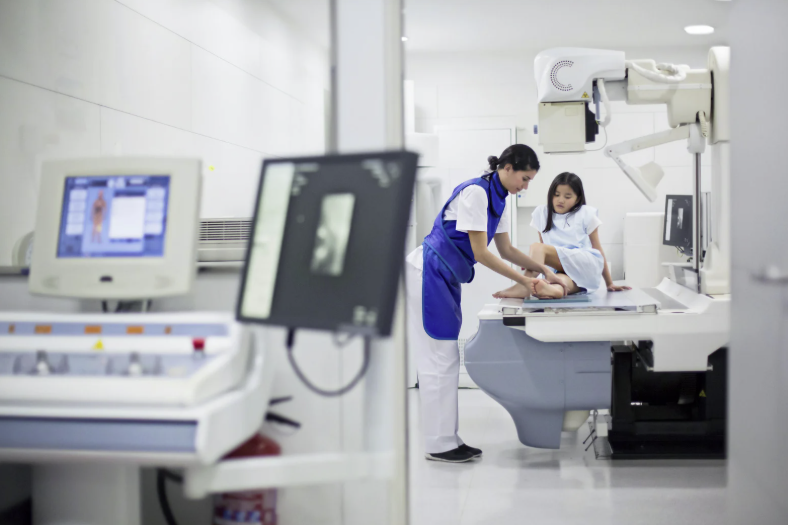Audio Version: Press Play to Listen
Despite key challenges, more and more algorithms are being launched for applications across pediatric medicine.
The adoption of AI in medical imaging continues to grow rapidly, and yet, compared to other areas of medicine, pediatric care has been relatively slow to see significant adoption of imaging algorithms.
The more moderate pace of AI adoption in pediatrics can be attributed to several factors, not least children's rapidly evolving anatomy, which differs markedly from adults and complicates the development of AI algorithms capable of consistently accurate analyses across various developmental stages.
The variability in pediatric anatomy across growth stages also demands multiple training datasets to ensure consistent algorithm performance, complicating the creation of universally applicable AI solutions. Additionally, obtaining pediatric medical data in general presents challenges, due to strict consent requirements and heightened privacy concerns.
These challenges make pediatric AI development less attractive to many companies, which often prioritize adult-focused solutions. As a result, only a small fraction of AI applications are currently approved for pediatric use, yet they hold significant potential to enhance diagnosis and streamline workflows.
A playdate with progress
Despite the obstacles, progress in AI for pediatric imaging is being made. Collaborative efforts in the industry are resulting in the increasing development and implementation of AI solutions designed to serve young patients.
With applications ranging from fracture detection and tumor analysis to surgical planning and algorithms designed to reduce scanning times and radiation exposure, AI developers are increasingly giving pediatric medicine the attention it deserves.
In the coming months and years, we expect to see more AI solutions that are not just scaled-down versions of products designed for adults, but pediatric-specific tools that address the unique medical challenges of childhood. This will require sustained investment, interdisciplinary collaboration, and a commitment to improving pediatric healthcare through technological innovation.
Let’s take a look at some of the areas where AI is already delivering considerable benefits in pediatric medicine…
Musculoskeletal applications
MSK is probably the most advanced field in terms of AI adoption in pediatric imaging, with applications ranging from fracture detection to bone age and scoliosis assessment.
Fracture detection algorithms typically come with carefully defined pediatric parameters, and may exclude certain body parts due to the complexity of children's developing anatomy. For instance, some pediatric applications cover extremities but deliberately avoid analyzing the spine, pelvis, and hip regions. Beyond simple fracture detection, some algorithms can also detect issues including joint effusion, bone lesions, and dislocations.
Pediatric MSK AI is also often focused on growth-related conditions and developmental variations. For example, scoliosis assessment tools can provide automated spine curvature measurements, including specific angles and measurements to track progression. Here, the AI's value lies in enabling early intervention – while adult scoliosis treatment often requires surgery, pediatric interventions like bracing can potentially correct spinal curvature during growth stages.
Similarly, bone age measurement algorithms can analyze hand and wrist X-rays to predict growth potential. These tools can help clinicians determine whether a child is growing at a normal rate and can inform decisions on potential hormonal treatments to manage growth trajectories.
Pediatric oncology
A number of specialized AI applications exist in pediatric oncology, particularly in brain tumor analysis. Some algorithms can help clinicians distinguish between tumor progression and treatment-induced tissue changes – a critical differentiation in pediatric cancer care.
By offering more precise monitoring of treatment effects, these AI tools can support more targeted and less invasive treatment strategies. This is particularly significant in pediatric oncology, where treatment protocols must balance aggressive intervention with minimizing long-term treatment impacts.
Surgical planning and visualization
Advanced 3D rendering technologies can also be particularly valuable in pediatric healthcare. These applications support surgical planning for complex pediatric conditions like heart defects, brain tumors, and skeletal pathologies.
The technology provides surgeons with detailed 3D models that can be printed using materials mimicking body tissue, allowing for pre-surgical practice and enhanced understanding of unique pediatric anatomical challenges. This is particularly crucial in pediatric cases, where anatomical variations are more pronounced and surgical precision is paramount.
Radiation exposure and scan time reduction
In addition to clinical applications, innovative AI applications are demonstrating the potential to address some of the key challenges associated with pediatric imaging, including radiation exposure and the length of time required to scan.
Algorithms that address radiation exposure concerns are leveraging AI to enhance image quality, enabling radiologists to acquire diagnostic-quality images using significantly lower radiation doses, aligning with the principle of ALARA (As Low As Reasonably Achievable). Reducing levels of radiation exposure is of critical importance when it comes to scanning children, who are more susceptible to its long-term effects.
Another pediatric imaging challenge is being addressed by algorithms that dramatically reduce MRI scan times. Since children may struggle to remain still during long scans, this new AI-powered technology enables quicker imaging, potentially eliminating the need for sedation and making diagnostic procedures less stressful for young patients.
Preparing for the pediatric AI revolution
As AI adoption in pediatric imaging grows, healthcare providers face numerous choices when selecting potential solutions, and this is expected to increase greatly in the coming years. Partnering with a consultative enterprise AI platform provider such as Blackford, which provides access to an extensive portfolio of leading AI applications, can help address the complexities healthcare providers face when navigating the AI market.
Centralized access to AI solutions through a dedicated platform allows healthcare providers to efficiently validate, deploy, and manage a diverse range of AI solutions designed for various pediatric use cases, including MSK, oncology, and surgical planning, supported by enhanced reporting capabilities. This enterprise-wide approach optimizes resource utilization, reduces deployment times, and lowers costs while consolidating training, monitoring, and support within a single system.
A platform-based strategy simplifies contract management, deployment processes, and support needs within a unified interface. These platforms integrate seamlessly with existing hospital infrastructure, including DICOM interfaces, ensuring interoperability across clinical systems so that AI insights and outputs can be readily accessed and shared across organizations.
The flexibility, scalability and interoperability offered by the Blackford Platform enables organizations to build a comprehensive pediatric and cross-departmental AI ecosystem tailored to their specific requirements. This strategy aligns with the growing need for specialized pediatric AI solutions, addressing challenges such as diverse anatomies of growing children and the need for pediatric-specific models.
As AI continues to transform pediatric imaging, platforms that offer a wide range of applications and the ability to validate solutions with specific institutional data will be essential in overcoming challenges and unlocking AI's full potential for improved outcomes in young patients.


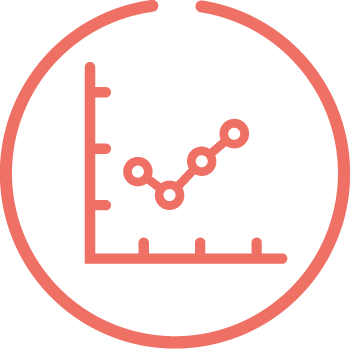
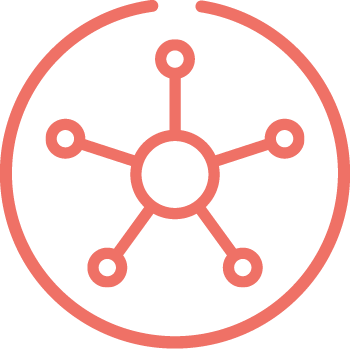
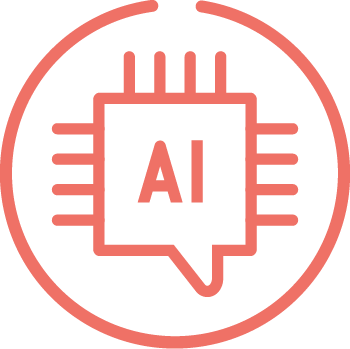




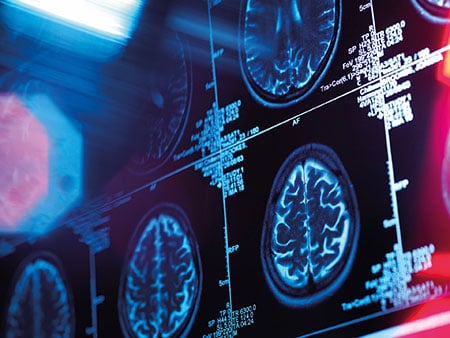
.jpg)







